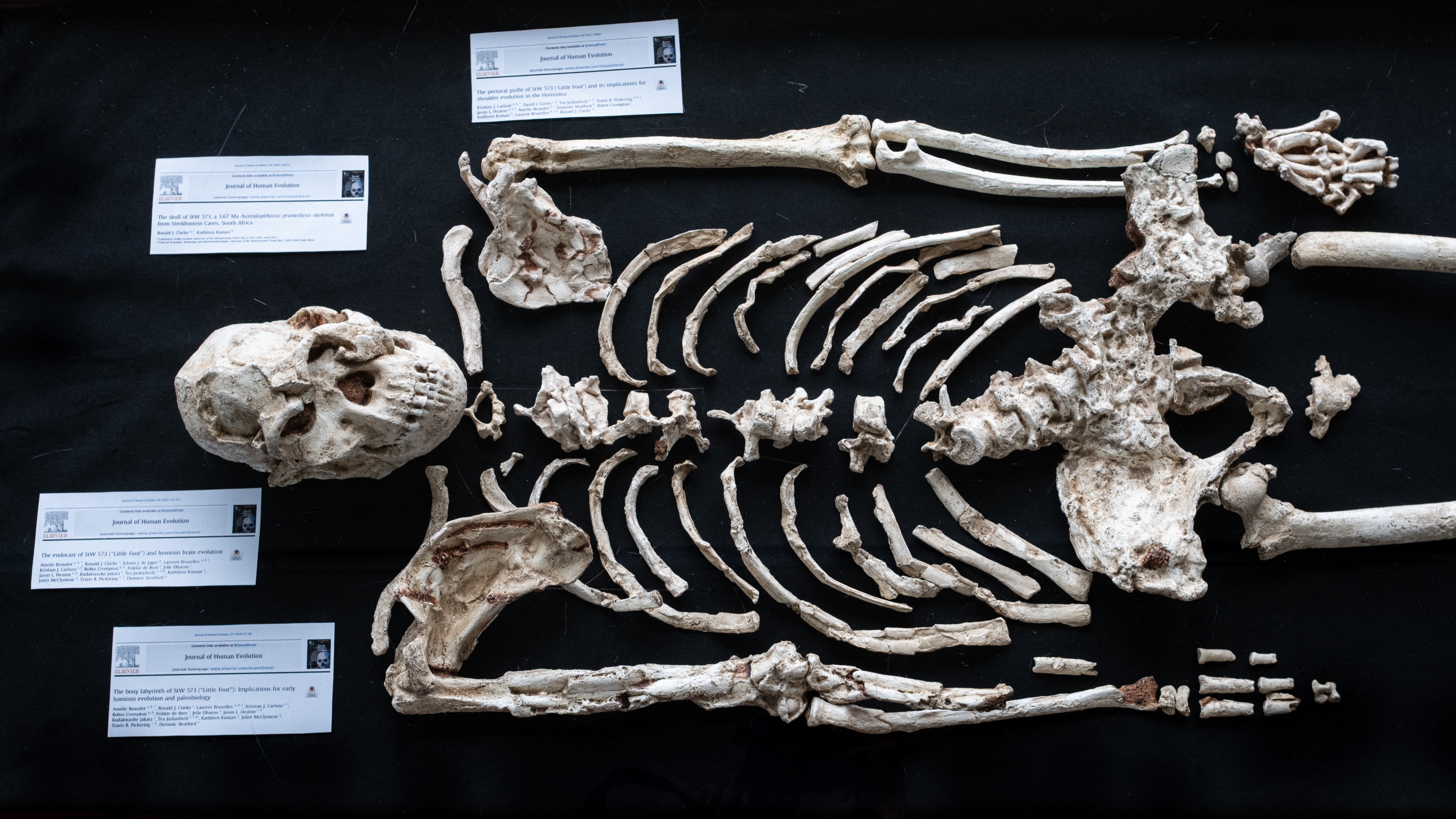
Harry Baker
Harry is a U.K.-based senior staff writer at Live Science. He studied marine biology at the University of Exeter before training to become a journalist. He covers a wide range of topics including space exploration, planetary science, space weather, climate change, animal behavior and paleontology. His recent work on the solar maximum won "best space submission" at the 2024 Aerospace Media Awards and was shortlisted in the "top scoop" category at the NCTJ Awards for Excellence in 2023. He also writes Live Science's weekly Earth from space series.
Latest articles by Harry Baker

Live Science crossword puzzle #13: Biggest country on Earth (by land area) — 7 down
By Harry Baker published
Science crossword Test your knowledge on all things science with our weekly, free crossword puzzle!
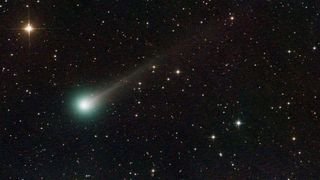
Newly discovered comet 'Lemmon' may be visible to the naked eye this month — but it will look more like a lime
By Harry Baker published
Comet Lemmon, discovered earlier this year, will make a close approach to Earth later this month, giving skywatchers the chance to see its surprising lime-green glow.
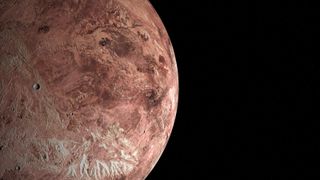
James Webb telescope spies a 'farting' dwarf planet with fluorescent gas in the outer solar system
By Harry Baker published
New observations suggest that the dwarf planet Makemake is surrounded by faintly glowing methane gas. Scientists are unsure if the gas is contained within a wispy atmosphere or being ejected into space.
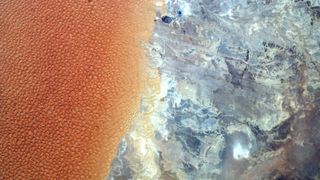
Sea of Saharan 'star dunes' clashes with otherworldly terrain where 2 countries meet
By Harry Baker published
Earth from space A 2017 satellite photo shows the stark contrast along the boundary between a giant field of golden "star dunes" and a barren rocky wilderness in the Sahara, which overlaps with an international border.

Live Science crossword puzzle #12: The heart of an atom — 6 down
By Harry Baker published
Science crossword Test your knowledge on all things science with our weekly, free crossword puzzle!
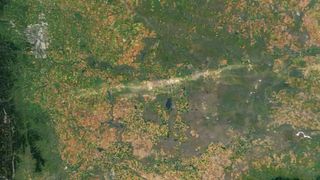
Extreme 'golf ball-size' hailstones carve 125-mile 'scar' in Canadian landscape
By Harry Baker published
Earth from space This 2025 satellite photo shows the aftermath of a devastating hailstorm in Alberta, Canada, which destroyed property, collapsed pylons and killed at least two animals.

Live Science crossword puzzle #11: Giant cloud at the edge of the solar system — 7 across
By Harry Baker published
Science crossword Test your knowledge on all things science with our weekly, free crossword puzzle!

New report warns that China could overtake the US as top nation in space — and it could happen 'in 5-10 years,' expert claims
By Harry Baker published
A new report from the Commercial Space Federation warns that China could soon overtake the U.S. in the "new space race." The country's rapid progression starkly contrasts the limitations imposed on NASA by record-breaking budget cuts.

'The sun is slowly waking up': NASA warns that there may be more extreme space weather for decades to come
By Harry Baker published
A new NASA study suggests that solar activity will remain high or rise further in the coming decades, contradicting previous assumptions that the sun was quieting down — and scientists "don't completely understand" why.
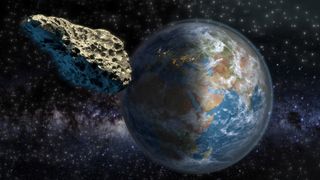
Skyscraper-size asteroid previously predicted to hit us in 60 years will zoom past Earth on Thursday (Sept. 18) — and you can see it live
By Harry Baker published
The "potentially hazardous" asteroid 2025 FA22 will fly close past Earth at more than 24,000 mph on Thursday (Sept. 18). The space rock was previously predicted to have a slim chance of impacting our planet in 2089, temporarily earning it the top spot on a major risk list.
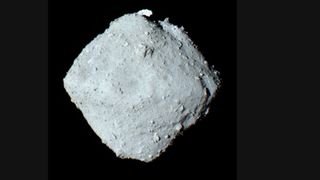
'A genuine surprise': Near-Earth asteroid Ryugu once had 'flowing water' that transformed its insides
By Harry Baker published
A new analysis of asteroid Ryugu hints that the "potentially hazardous" space rock once had flowing water in its core, possibly leftover from the impact that created it.
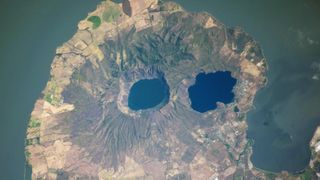
Volcanic 'googly eyes' stare into space from skull-like peninsula
By Harry Baker published
Earth from space A 2014 astronaut photo shows a pair of volcanic lakes appearing to stare up into space from the Chiltepe Peninsula of Nicaragua's Lake Managua. These "eyes" and "skull" were created by violent eruptions thousands of years ago.

Live Science crossword puzzle #10: Tallest volcano on Earth — 10 down
By Harry Baker published
Science crossword Test your knowledge on all things science with our weekly, free crossword puzzle!
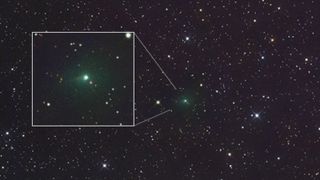
Interstellar comet 3I/ATLAS could be turning bright green, surprising new photos reveal
By Harry Baker published
New photos captured during the recent "blood moon" total lunar eclipse show that the interstellar comet 3I/ATLAS may be turning green as it gets closer to the sun.
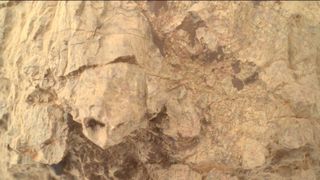
NASA spots bizarre 'turtle' on Mars
By Harry Baker published
NASA's Perseverance rover has photographed a peculiar rock formation that looks eerily like a turtle poking its head out from its protective shell.
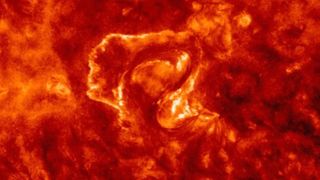
Gigantic 'letter S' spotted on the sun just before a 'dark eruption' hurls a fiery shadow at Earth
By Harry Baker published
A giant S-shape structure, around 10 times wider than Earth, recently appeared in the center of the sun, moments before our home star unleashed an even larger plume of plasma that later crashed into our planet.

Giant 'chessboard' surrounds Idaho river in bizarre astronaut photo
By Harry Baker published
Earth from space A 2017 astronaut photo shows an unusual checkered pattern surrounding a river, just south of the Canadian border. The unique sight is the result of a forest management initiative dating to the 1800s.
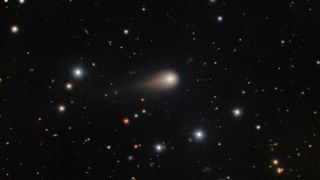
New photos of comet 3I/ATLAS reveal its tail growing before our eyes
By Harry Baker published
New images reveal interstellar comet 3I/ATLAS beginning to grow a signature tail as it zooms closer to the sun ahead of a close encounter with Earth this fall.

Live Science crossword puzzle #9: A 'royal' snake that wears a hood — 14 across
By Harry Baker published
Science crossword Test your knowledge on all things science with our weekly, free crossword puzzle!

The universe's first magnetic fields were 'comparable' to the human brain — and still linger within the 'cosmic web'
By Harry Baker published
New computer simulations suggest the first magnetic fields that emerged after the Big Bang were much weaker than expected — containing the equivalent magnetic energy of a human brain.

Dozens of mysterious blobs discovered inside Mars may be the remnants of 'failed planets'
By Harry Baker published
"Marsquake" data collected by NASA's InSight lander have revealed dozens of mysterious blobs within the Red Planet's mantle. The structures may have been left by powerful impacts up to 4.5 billion years ago.
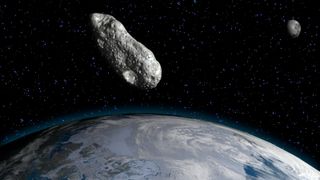
Newly discovered bus-size asteroid will zoom close past Earth today — and will not return for exactly 100 years
By Harry Baker published
Asteroid 2025 QV5, which was first spotted in late August, will make a close approach to Earth on Wednesday (Sept. 3). It will not get this near to us again until Sept. 4, 2125.
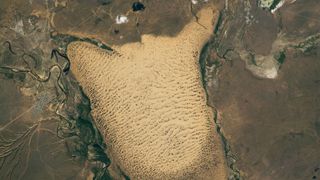
Giant sandy 'slug' crawls through floodplains in Kazakhstan, but it could soon be frozen in place
By Harry Baker published
Earth from space A 2022 astronaut photo shows a peculiar, slug-shaped dune field in the heart of the Kazakh Steppe. Signs of vegetation among the sand suggest these dunes are in the process of being fixed in place.
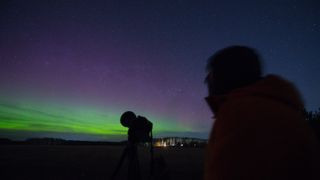
'Cannibal' solar storm could paint auroras above 18 US states this Labor Day
By Harry Baker published
Space weather experts warn that a "strong" geomagnetic storm will rock Earth on Sept. 1-2, potentially lighting the skies with vibrant auroras across large parts of North America. The disturbance is being triggered by a rare, cannibalistic ejection from the sun.
Get the world’s most fascinating discoveries delivered straight to your inbox.
